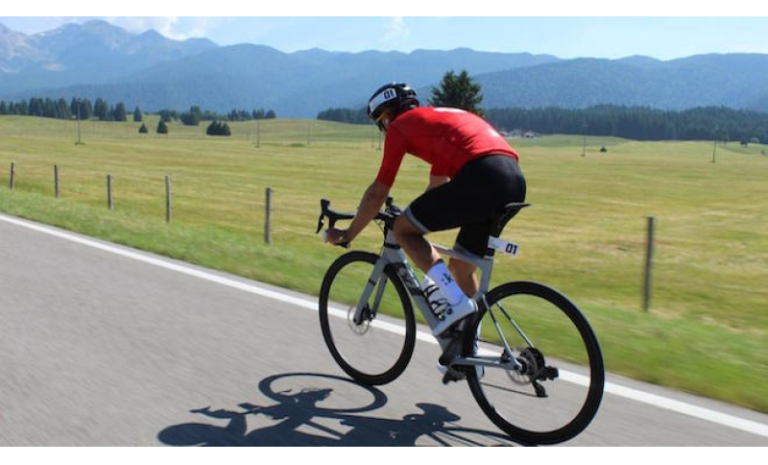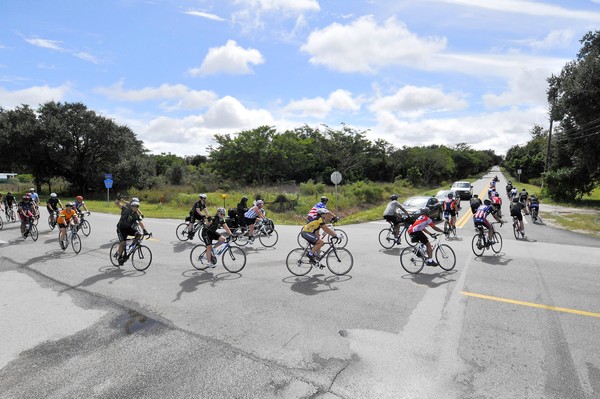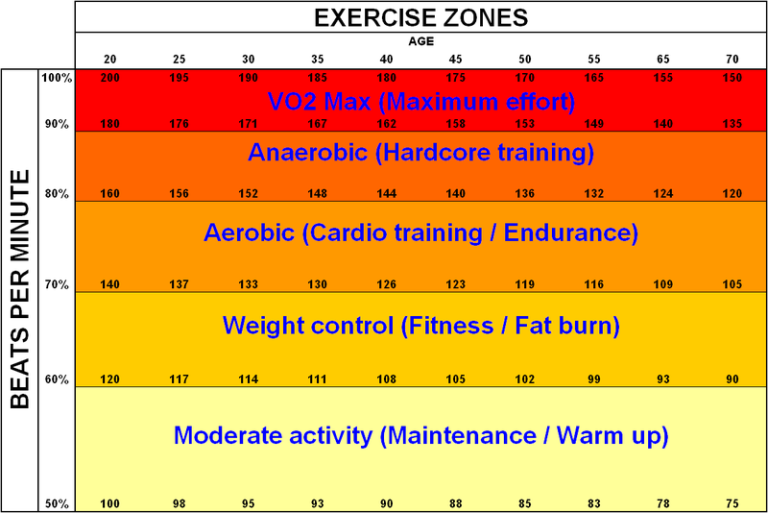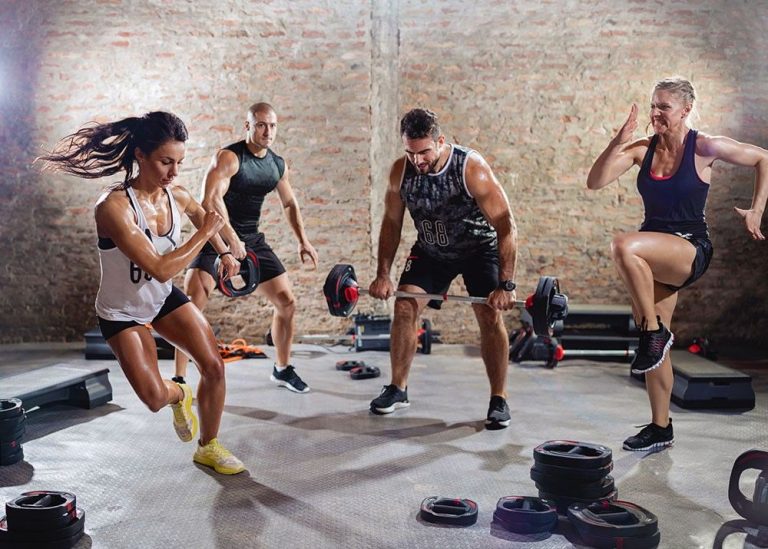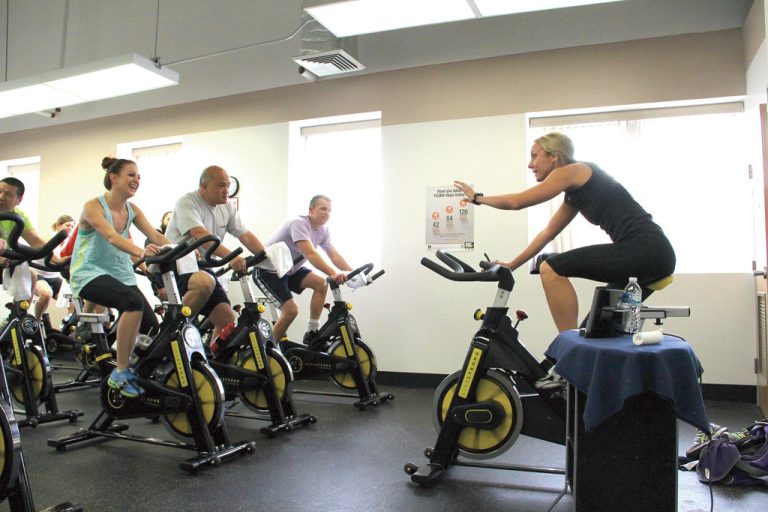`
Power-Based Training for Ultra-Cycling: Advanced Techniques and Metrics
Ultra-cycling is a grueling sport that demands not only endurance but also strategic training and meticulous attention to detail. For ultra-cyclists, advanced training techniques such as power-based training can make a significant difference in performance. This approach focuses on cycling metrics, including wattage, functional threshold power, and power-to-weight ratios, helping cyclists reach their full potential. In this article, we’ll explore specialized endurance training and delve deep into cycling performance metrics that are crucial for ultra-cyclists.
Power-Based Training for Ultra-Cycling
Power-based training for ultra-cycling offers a structured method to enhance endurance and cycling performance. Using a power meter ensures precise data collection, offering cyclists insights into their training progress. Let’s explore some key aspects of this training technique.
Interval Training for Endurance Cycling
Interval training is a powerful tool for enhancing endurance in ultra-cycling. It involves alternating short bursts of high-intensity effort with periods of rest or low activity. This method is effective for improving cardiovascular fitness and increasing anaerobic threshold.
Actionable Techniques:
- Focus on short, intense intervals at or above your FTP, followed by rest periods.
- Gradually increase the duration and intensity of the intervals over time.

HIIT for Cyclists
High-Intensity Interval Training (HIIT) is another effective approach for ultra-cyclists, known for rapidly boosting aerobic capacity and power.
Practical Steps:
- Integrate HIIT sessions into your weekly routine to improve VO2 max and bolster endurance.
- Ensure adequate recovery time between sessions to prevent fatigue.
Using Heart Rate Zones
Training with heart rate zones is key to managing effort and avoiding overtraining. Mapping out these zones helps cyclists pace themselves during long rides.
Advice for Cyclists:
- Use a heart rate monitor to identify your different training zones.
- Vary workouts across different zones to develop both aerobic and anaerobic capacities.

Cycling Performance Metrics
Cycling performance metrics like cadence, VO2 max, and W/kg play vital roles in power-based training, offering insights into a cyclist’s strengths and weaknesses.
Cycling Cadence and Efficiency
Cadence, or the rate at which a cyclist pedals, is crucial for efficiency and performance.
Tips for Improvement:
- Aim for a cadence that balances power output with energy conservation, often around 85-95 RPM.
- Practice different cadences in various terrains to increase adaptability.
VO2 Max Improvements
Improving VO2 max enhances the body’s ability to use oxygen, directly boosting endurance.
Ways to Enhance VO2 Max:
- Engage in interval training and long rides consistently.
- Focus on increasing workout intensity gradually over time.
Power-to-Weight Ratio (W/kg)
The power-to-weight ratio measures a cyclist’s efficiency, crucial for performance in mountainous terrains.
Strategies to Improve:
- Track body weight and aim to maintain a healthy weight to improve your W/kg ratio.
- Work on building power through strength training and intervals.
Mental Resilience and Motivation
Building mental resilience is as crucial as physical training. Techniques such as mindfulness and visualization can significantly enhance performance.
Mindfulness Techniques
Mindfulness helps ultra-cyclists stay focused and manage stress during races.
Approaches to Practice:
- Incorporate breathing exercises and meditation into your daily routine.
- Use mindfulness to stay present and manage challenges during long rides.
Visualization Exercises
Visualization can prime your mind for success, especially during tough portions of a race.
Steps to Integrate:
- Visualize the racecourse, your strategy, and successful outcomes regularly.
- Reinforce positive images and success scenarios to build confidence.
Data and Metrics
The effectiveness of power-based training is supported by data analysis. Recent studies show that cyclists who embrace technology like power meters and fitness trackers see measurable improvements in performance.
Using Cycling Metrics
By analyzing data such as TSS (Training Stress Score) and power curves, cyclists can tailor their training more effectively.
Coach Feedback and Adjustment
Feedback from experienced coaches can personalize training plans based on collected data, ensuring optimal progression and performance.
User Intent and Benefits
Different cyclists have unique training goals–from improving endurance and power output to enhancing mental resilience. Applying the discussed techniques offers several benefits.
For Endurance
Consistent interval and HIIT training significantly build endurance, preparing cyclists for longer events.
Increasing Power Output
Optimizing power-to-weight ratios and focusing on pedal efficiency can substantially increase power output.
Building Mental Resilience
Incorporating mindfulness and visualization fosters a stronger mental game, essential for endurance events.
FAQs
What is the importance of a power meter in cycling?
A power meter provides accurate wattage data, helping cyclists monitor their power output and tailor training sessions to improve performance.
How do I calculate my functional threshold power (FTP)?
FTP can be determined through a 20-minute effort test, where you maintain the highest average power you can, which is then adjusted to calculate your FTP.
Why is recovery crucial in ultra-cycling training?
Recovery allows the body to repair and grow stronger, preventing burnout and injuries while maintaining consistent long-term progress.
Can heart rate monitoring replace power-based training?
While heart rate monitoring is beneficial, power-based training provides more precise data. Combining both offers a comprehensive view of performance.
How do I improve my power-to-weight ratio?
Improve power-to-weight ratio through targeted strength training and managing body weight to enhance cycling efficiency, especially on challenging terrains.
Conclusion
Incorporating advanced training methods such as power-based metrics, interval training, and mental resilience techniques can transform an ultra-cyclist’s journey. By embracing these tools and strategies, cyclists not only boost their performance but also enjoy a more satisfying and successful racing experience. Why not start implementing these techniques today and share your progress with fellow cyclists?
`
